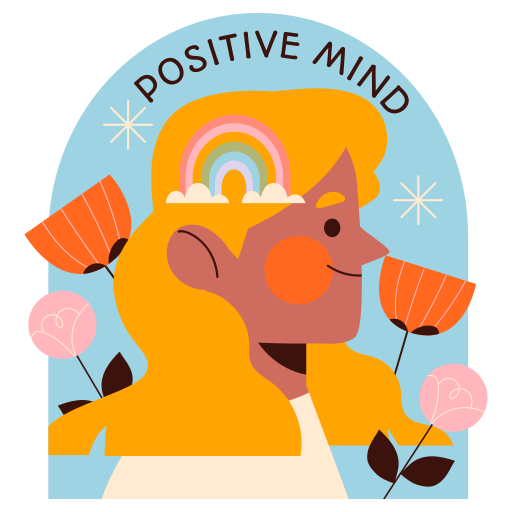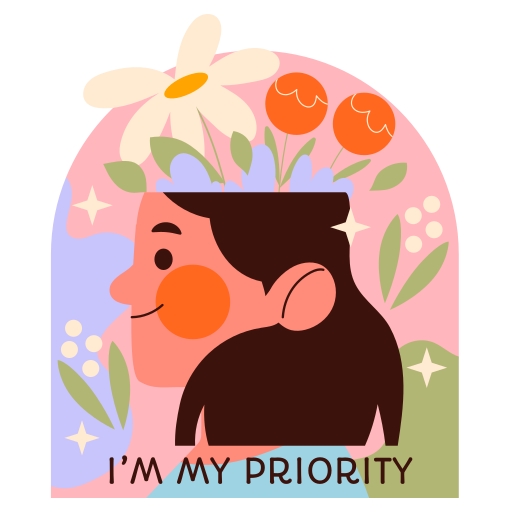As we navigate the complexities of human relationships, one unsettling occurrence that can leave individuals feeling adrift is the enigmatic act of ghosting. The abrupt cessation of communication without explanation can sow seeds of doubt and confusion, prompting questions about intentions and emotions left unresolved. How does one discern the subtle signs of being ghosted, and what steps can be taken to address this disconcerting situation with grace and resilience? By exploring the nuanced behaviors and responses associated with ghosting, we embark on a journey towards understanding, empowerment, and emotional self-preservation in the face of uncertainty.
Understanding Ghosting Behavior
Understanding the behavior of ghosting entails delving into the intricate dynamics of abruptly severed communication in relationships, shedding light on the emotional complexities involved. Recognizing emotional distance is crucial in identifying the early stages of ghosting. Signs such as handling sudden cancellations without valid reasons and a noticeable decrease in communication frequency can indicate a growing emotional gap. When faced with sudden cancellations, it is essential to approach the situation with empathy and understanding, acknowledging that the other person may be struggling with their own issues. Handling these instances with grace and open communication can help navigate the emotional challenges that come with ghosting, fostering personal growth and resilience in relationships.
Recognizing Signs of Ghosting
Recognizing signs of ghosting involves keen observation of communication patterns and behavioral shifts that signal potential disengagement in a relationship. Noticing subtle hints and trusting your instincts are crucial in identifying when someone may be ghosting you. Here is a table to help you recognize these signs:
| Signs of Ghosting | What to Look For |
|---|---|
| Decreased communication | Less frequent messages |
| Avoidance of plans | Cancelling without rescheduling |
| One-sided conversations | You initiate most interactions |
| Lack of interest | No curiosity about your life |
| Sudden changes | Behavior shifts without explanation |
Identifying Ghosting Patterns
In discerning ghosting patterns, attentiveness to subtle behavioral cues and communication shifts plays a pivotal role in recognizing potential disengagement within a relationship. Recognizing behavioral changes such as becoming distant, delayed responses, and canceled plans without rescheduling are key indicators. Setting boundaries for self-care is essential to protect your emotional well-being. Pay attention to signs like one-sided conversations where you initiate most interactions, constant plan cancellations, and a lack of interest in your life. By acknowledging these patterns and establishing boundaries, you empower yourself to navigate the complexities of ghosting with self-respect and clarity. Remember that prioritizing self-care and recognizing your own worth are crucial steps in dealing with the emotional toll of ghosting.
Protecting Your Emotional Well-being
To safeguard your emotional well-being amidst the uncertainty of being ghosted, it is imperative to prioritize self-respect and focus on nurturing your inner strength. Self-care practices play a crucial role in maintaining your emotional balance during this challenging time. Setting emotional boundaries is essential to protect yourself from further hurt and maintain a sense of self-worth. Engage in activities that bring you joy and relaxation, whether it's practicing mindfulness, spending time with loved ones, or pursuing a hobby. Remember that your well-being is paramount, and it's okay to prioritize yourself during this period of uncertainty. By focusing on self-care and emotional boundaries, you can navigate the complexities of being ghosted with resilience and grace.
Moving Forward Positively

Navigating the aftermath of being ghosted necessitates embracing a positive outlook towards personal growth and healing. Self-reflection plays a crucial role in this process, allowing you to understand your emotions and reactions better. It is essential to focus on personal growth, using this experience as an opportunity for introspection and improvement. The healing process begins with accepting the situation, acknowledging your feelings, and gradually moving forward with a positive mindset. By prioritizing self-care and nurturing a sense of self-worth, you can gradually overcome the pain of being ghosted. Remember, healing takes time, but with perseverance and a proactive approach towards personal growth, you can emerge stronger from this experience.
Noticing Communication Red Flags
Recognizing subtle cues in communication patterns can provide valuable insights into potential red flags indicating the onset of ghosting behavior. When observing communication breakdowns, pay attention to:
- Sparse responses that lack depth or emotion.
- Piling up of vague excuses for not engaging in conversations.
- Lack of initiation in starting conversations or making plans.
- Emotionless replies that feel disconnected or disinterested.
- Vague excuses when confronted about changes in communication dynamics.
Being aware of these warning signs can help you navigate potential ghosting situations with a better understanding of the underlying issues. Remember to prioritize self-care and seek support if you notice these red flags in your interactions.
Watching Social Media Cues

Observing social media cues can offer valuable insights into potential signs of ghosting behavior, providing another layer of understanding in navigating interpersonal dynamics. Social media boundaries and online presence cues can reveal a lot about someone's intentions. If you notice sudden changes like being unfollowed, blocked, or removed from profiles, it might be a sign of distancing. Pay attention to read or delivered messages without responses, indicating a lack of interest. Implementing virtual boundaries and considering a digital detox can help you focus on real-life interactions and self-care. Remember, social media is just a glimpse into someone's life, and it's essential to prioritize healthy relationships and positive connections beyond the digital realm.
Implementing Healthy Coping Strategies
Crafting healthy coping strategies is essential for navigating through the emotional challenges that come with experiencing ghosting in interpersonal relationships. When faced with such a situation, it is crucial to prioritize mindful self-care and emotional resilience. Here are some strategies to help you cope effectively:
- Practice self-compassion and kindness towards yourself.
- Engage in activities that bring you joy and relaxation.
- Seek support from trusted friends or a therapist for emotional processing.
- Set boundaries to protect your emotional well-being.
- Focus on personal growth and self-reflection to learn from the experience.
Finding Closure and Growth

Navigating the aftermath of being ghosted requires embracing introspection and resilience to find closure and foster personal growth. Seeking closure is a crucial step in the healing process. Reflecting on the positives and negatives of the relationship can help you understand the situation better and move forward. Engaging in enjoyable activities and seeking support from loved ones can aid in the closure-seeking journey. It's important to accept the lack of closure that ghosting often brings and focus on the lessons learned from the experience. Embracing personal growth through this challenging time can lead to a stronger sense of self and a brighter outlook on future relationships. Remember, growth often stems from moments of adversity.
Frequently Asked Questions
How Can I Differentiate Between Someone Genuinely Busy and Someone Who Is Ghosting Me?
Differentiating signals between genuine busyness and ghosting involves observing consistency in communication patterns, reciprocation of effort, and clear communication about availability. Handling ambiguity requires open dialogue, setting boundaries, and trusting your instincts while prioritizing self-care.
Is There a Way to Confront Someone About Ghosting Without Making Things Awkward or Pushing Them Further Away?
When addressing potential ghosting, approach with gentle curiosity and respect for healthy boundaries. Initiate a conversation focused on effective communication and mutual understanding. Express concerns openly but considerate of their perspective to avoid escalating tensions or creating discomfort.
What Are Some Subtle Signs of Ghosting That Are Often Overlooked?
Recognizing ghosting involves observing subtle cues like dwindling communication effort and lack of social media activity. Pay attention to body language cues too. Understanding these signs can help navigate the situation with empathy and clarity.
Can Ghosting Behavior Be a Reflection of the Person's Own Insecurities or Issues?
Exploring psychology reveals ghosting as a mirror reflecting one's insecurities or unresolved issues. Understanding behavior through this lens allows empathy and insight. Recognizing this aspect can foster understanding and compassion in navigating such situations.
How Can I Prevent Myself From Falling Into a Pattern of Constantly Seeking Closure From Someone Who Has Ghosted Me?
Setting boundaries is crucial in preventing a pattern of seeking closure from those who ghost. Prioritize self-care practices, engage in enjoyable activities, and seek support from loved ones. Remember, closure often comes from within, reflecting on lessons learned.

















